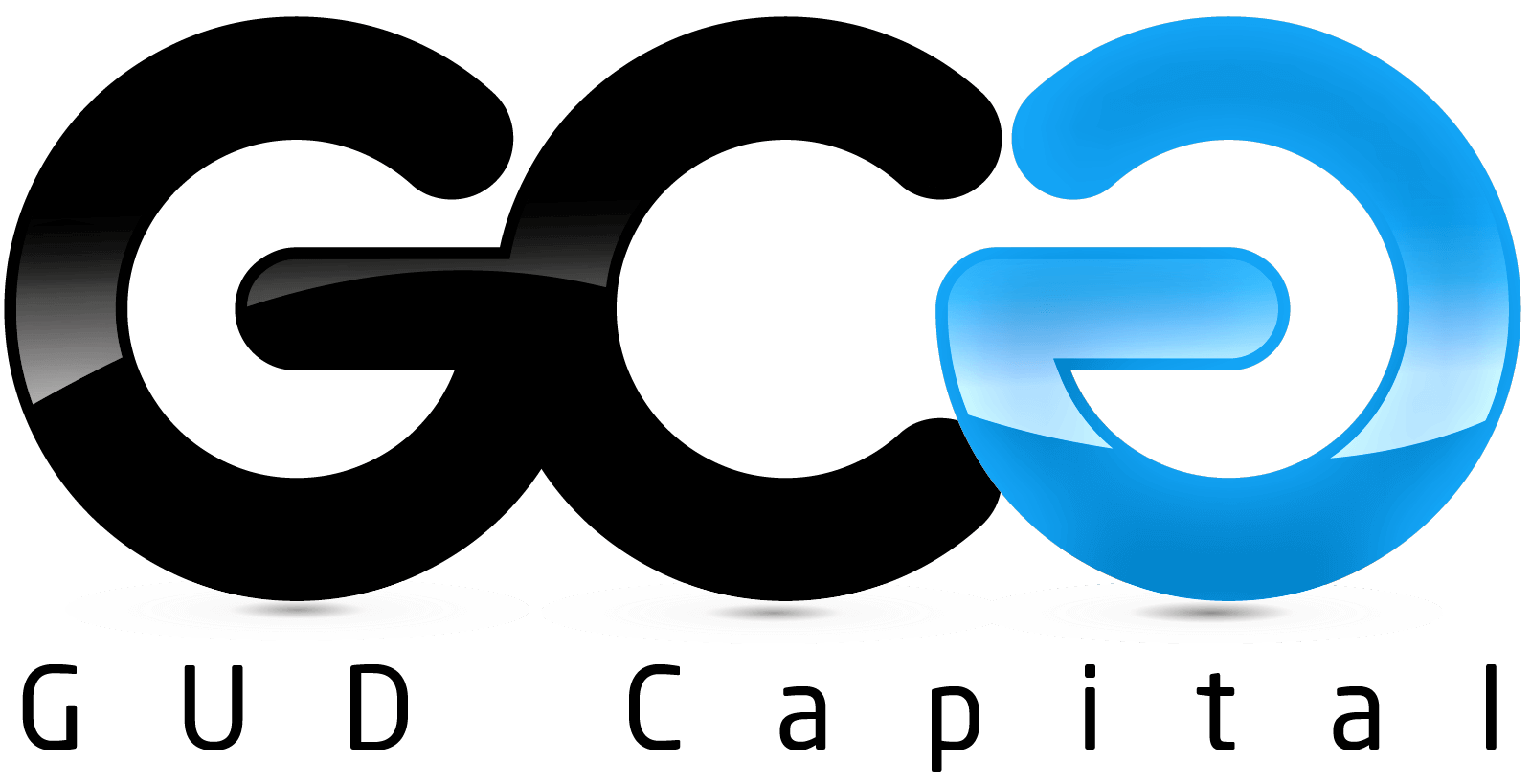Apparel and Fashion Industry Analysis
The word “fashion” often brings to mind New York City, fashion week, and models strutting down the runway in expensive, intriguing, and sometimes just simply weird clothing. When it comes to the apparel and fashion industry however, it is so much more than fashion week and the latest clothing trends that are blowing up all over Instagram and Facebook. The apparel and fashion industry encompasses every type of business and industry across the value chain, which include:
- Fashion and apparel brands: clothing store retailers; textile industry; importers; wholesalers of the textile and apparel industry.
- Service providers: consultants, customs brokers, freight forwarders, law firms, logistic businesses, testing and certification companies.
- Manufacturers and suppliers of fashion products: supplier associations; business councils.
- Fashion agencies and academic institutions: marketing companies; so much more!
It is easy to tell that this list is endless, showing how much of an impact the fashion and apparel industry has on the world, with the United States having one of the largest apparel and fashion industries in the world. In 1931, the apparel and fashion industry in New York was booming, eventually employing over 940,000 by the 1990’s. Unfortunately, by 2013, only 144,000 people were employed in the United States by the fashion and apparel industry; this is mainly due to many of the apparel and fashion industry jobs being moved overseas.
While the United States apparel and fashion industry has still thrived even with lower than average employment rates, the tides are turning. By 2015, the United States apparel and fashion industry market was valued at around $343 billion. New York, Los Angeles, and San Francisco have always seen a bustling $3 billion apparel and fashion industry, but smaller cities such as Nashville and Columbus are beginning to see positive economic benefits as well. Luckily, the apparel and fashion industry is rapidly expanding today, leading to growing employment rates and increased revenues. With the ever growing technological platforms, rapidly increasing creative trends, and innovative business practices, the apparel and fashion industry is continuously expanding
Apparel and Fashion Industry Trends
The past few years have overall been good years for the apparel and fashion industry, but 2017 holds hopes of seeing exponential growth rates for the industry. While there are many apparel and fashion industry trends that come and go, especially because consumer preferences change so quickly, technology is a trend that is here to stay. Every single industry in the world today is being revolutionized by technological platforms, software’s, and business practices; this is where the fashion and apparel industry has already started pushing towards, and the new year is expected to bring continuous innovation. Here are the major trends that the apparel and fashion industry is facing today:
- Technology: As mentioned above, technology is the number one trend affecting every industry today. For the fashion and apparel industry in particular, implementing effective and innovative technology systems is more important than ever. Technology is what is separating the best apparel and fashion businesses apart from the rest, especially through marketing and social media.
- Ecommerce and Omnichannels: American’s today, particularly Millennial’s and Generation Z’ers, like to have options – consumers want access to brick and mortar storefronts, they want access to mobile and computer websites, they want to be able to like an outfit on Instagram and then purchase it via that social media platform. Needless to say, ecommerce and omnichannel platforms are vital for the growing fashion and apparel industry.
- Social Media: This technology based platform ties back fin with ecommerce and omnichannels. Through social media today, consumers are able to find customized clothing options all while clicking a button and purchasing that item (i.e. impulse social media buying!). Social media is also one of the most effective ways to market in the apparel and fashion industry. Just look at any social media platform during fashion week – thousands of posts, likes, shares, etc. all relating to the biggest fashion event of the season. This has led to increased visibility for fashion and apparel businesses everywhere.
- Augmented Reality: Augmented reality systems are creeping their way into many industries today, but the fashion industry has just recently started adopting this innovative practice. Through augmented reality technologies, consumers can try on clothes, see if they like them, adjust color preferences, and so much more. This technological system will allow apparel and fashion companies to meet consumer demands much more efficiently.
- Wearable Technology: This trend started around the time the Apple watch emerged. The Apple watch allows consumers to track all bodily information (body temperature, body motion, steps walked that day, etc) in a sleek, simple, easy fitting watch. The fashion and apparel industry is becoming much more savvy and innovative. There are a variety of textile businesses working on solar clothing, heated jackets, and so much more.
- Meeting Consumer Demands: Meeting consumer demands in the fashion and apparel industry is almost impossible, particularly because the clothing trends that emerge can become obsolete in a matter of days. Luckily, the fashion and apparel industry is becoming creative and utilizing artificial intelligence and big data to their advantage. Through the collection of big data (and other Artificial Intelligence systems), fashion and apparel businesses can customize products and inventory based on each consumer. At the same time, the use of Artificial Intelligence and big data without consumer’s knowledge has worried plenty of people. If an apparel and fashion business is using big data and artificial intelligence systems, there must also be the implementation of security services to protect consumers and their information.
- Sustainable Products: Sustainability is a major concern for consumers all of the world, and it is affecting every single industry today. Consumers want to know where their clothes are being made, how they were produced, and if the products are environmentally friendly. This is changing how much of the fashion and apparel products are produced today, and it is expected that this trend will only increase in the upcoming years as the world fights to fix the environment.
Financing For Apparel & Fashion Companies
| Types | Rates | Terms | Funding |
|---|---|---|---|
| Bank | 6-10% | 3-7 years | 14-30 days |
| Line of Credit | 5-15% | 1 – 3 years | 7-30 days |
| Alternative Lending | 6-25% | 1-5 years | 5-7 days |
| Cash Advance | 1.16-1.55 | 3-24 months | 1-3 days |
Apparel Company Bank Loans
Traditional financing, including both term loans and lines of credit, offered by conventional lenders (large and small banks, along with credit unions and community lenders) with great rates and long terms. Process can be slow, but worth it if you qualify.
- Rates: 5-10%
- Terms: 1-10 years
Documents needed for an apparel company bank loan:
- Tax returns
- Income statements
- Balance sheets
- Schedule of liabilities
- Personal financial statement
Apparel Company SBA Loan
SBA lending are bank-rate term loans and lines of credit provided by traditional lenders with a SBA guarantee. The enhanced guarantee provides lenders with the assurance that if the borrower fails to repay their loan, the SBA will cover a large portion of the lender’s losses. By providing this guarantee, the goal is to increase the number of loans provided to small businesses.
- Rates: 5-10%
- Terms: 1-10 years
Documents apparel companies need for SBA financing include:
- Tax returns
- Income statements
- Balance sheets
- Schedule of liabilities
- Personal financial statement
Alternative Apparel Company Loans
While the rates are higher than bank lenders, there are some benefits of alternative lending, especially when the need for operating capital arises. Alternative loans have rates that are usually in the teens, but quickly fund in just a matter of days, with much less paperwork required than with a bank or SBA loan.
- Rates: 8-25%
- Terms: 1-5 years
Documents apparel companies need for alternative financing:
- Business tax returns (2 years)
- Personal tax returns (1 year)
- Apparel company’s income statements (year-to-date)
- Balance sheets (year-to-date)
- Debt schedule
- Application
- Bank statements
Apparel Company Cash Advance
Cash advances are good for apparel companies projecting strong future revenues, or for apparel companies with bad credit. By selling a portion of your future revenues, sellers are able to get upfront financing to take care of day-to-day business operations.
- Factor rates: 1.16-1.50
- Terms: 4-21 months
Documents needed for a cash advance:
- Application
- Bank statements
- Credit card processing statements




















